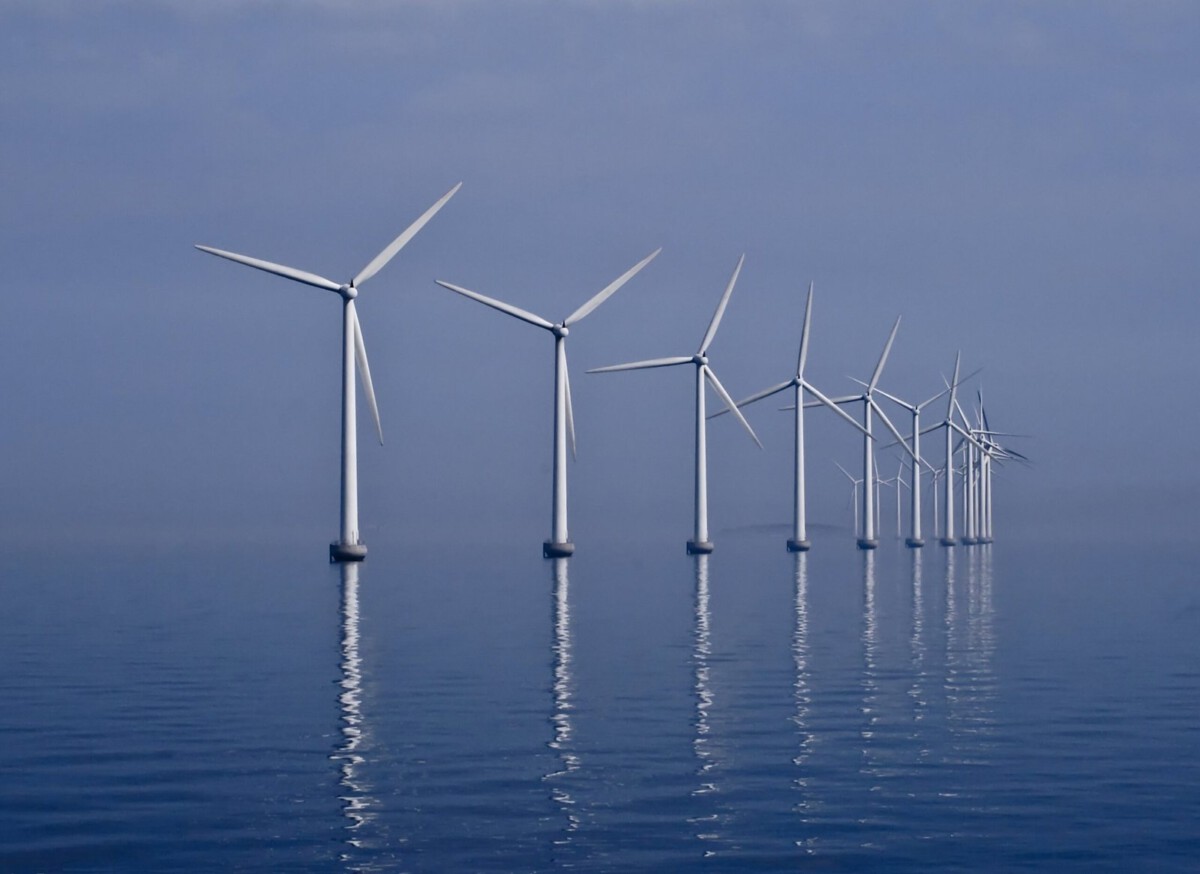Sweden: A Leader in Sustainability

Sweden continues to set the bar high when it comes to environmental responsibility. By 2024, this Scandinavian country was already generating more than 60% of its electricity from renewable sources like wind, hydro, and solar. The government’s ambitious target to reach net-zero greenhouse gas emissions by 2045 has inspired a wave of innovation across public and private sectors. Sweden’s waste management system is so advanced that less than 1% of household waste ends up in landfills, with most being recycled or converted to energy. Electric vehicles are becoming the norm, with over half of all new cars sold in 2024 being electric or hybrid. Cities like Stockholm are investing in green urban planning, making public transport cleaner and cycling easier for everyone. Businesses receive incentives to reduce their carbon footprint, and schools teach environmental responsibility from an early age. Swedish people see sustainability as a shared value, and it shows in everything from their recycling habits to their support for eco-friendly brands.
Denmark: Wind Power Champion

Denmark has become a global symbol of wind energy success, producing nearly half of its electricity from wind turbines in 2024. The Danish government is determined to achieve carbon neutrality by 2050, and they’re putting their money where their mouth is by funding massive offshore wind farms—the world’s largest started operating in 2023. Copenhagen, often ranked among the world’s greenest cities, features extensive bike lanes, green roofs, and smart energy systems. The Danes are fighting food waste with clever apps and policies, and local supermarkets are leading the charge in sustainable packaging. Danish homes are shifting to heat pumps and solar panels, making everyday life greener. Public support for environmental action is strong, with most citizens backing tighter emissions regulations. Denmark’s focus on innovation, from smart grids to electric ferries, keeps it at the forefront of the green revolution. The nation’s progress is a beacon for others looking to harness the power of wind and community action.
Finland: Nature and Technology Combined

Finland is blending its love of pristine nature with cutting-edge technology to build a greener future. The country aims for carbon neutrality by 2035, one of the most ambitious targets worldwide. In 2024, about 44% of Finland’s energy came from renewables, with bioenergy and wind playing big roles. Finnish forests are managed sustainably, with strict laws ensuring more trees are planted than harvested—a practice that keeps both the economy and the environment healthy. Education is a big part of Finland’s green push; environmental topics are integrated into school curriculums from primary level upwards. Finnish cities are rolling out fleets of electric buses and investing in cycling infrastructure to cut urban emissions. Conservation projects protect endangered species and promote biodiversity across the country’s vast wilderness areas. The Finnish approach proves that advanced technology and deep respect for nature can work hand in hand.
New Zealand: A Green Island Nation

New Zealand stands out for its dramatic landscapes and its determination to protect them. Over 80% of the country’s electricity in 2024 came from renewable sources, mainly hydro and geothermal. The government’s target is net-zero emissions by 2050, but the real challenge comes from agriculture, which accounts for nearly half of its greenhouse gases. New Zealand’s farmers are trialing new ways to cut methane from livestock, and there’s a big push for regenerative farming. Electric vehicles are becoming more popular, with government rebates helping to boost adoption across the islands. The country’s conservation efforts are robust, with large-scale projects to restore forests and protect native species like the kiwi bird. Indigenous Māori knowledge and practices are increasingly being included in national environmental policies. New Zealand’s bold climate laws and community-driven efforts are turning this small nation into a green giant.
Canada: Natural Resources and Green Policies

Canada’s vast natural landscapes provide both opportunities and challenges for going green. In 2024, roughly 81% of the nation’s electricity was generated from renewable sources, thanks mostly to hydro, but also wind and solar. The government’s plan for net-zero emissions by 2050 is focused on decarbonizing the oil and gas sector, which remains a sticking point. Canada is investing billions in clean tech, sustainable infrastructure, and electric vehicle charging networks. Protected areas are expanding, helping to safeguard wildlife and store carbon in forests and peatlands. The country’s carbon pricing system, one of the most ambitious in the world, has been credited with reducing emissions. Cities like Vancouver and Montreal are leading the way with green building codes and public transit upgrades. Though challenges remain, Canada’s progress on sustainability is picking up pace.
Germany: The Energiewende Initiative

Germany’s “Energiewende” or energy transition is one of the largest green experiments on the planet. By 2024, about 50% of Germany’s electricity came from renewables, mainly wind and solar. The government is pushing hard to phase out coal by 2030 and reach carbon neutrality by 2045. Strict building codes mean new homes and offices are highly energy efficient, while old buildings are being retrofitted with better insulation and green heating. Electric mobility is growing fast, with public incentives making electric cars and charging stations more accessible. Germans are passionate recyclers, with national campaigns driving down single-use plastic consumption. The country’s industrial sector is also investing in hydrogen and other clean technologies to cut emissions. Germany’s bold climate policies and widespread public engagement make it a cornerstone of the European green movement.
United States: A Mixed Approach

The United States is a land of contrasts when it comes to environmental action. States like California and New York have set aggressive renewable energy targets, but others lag far behind. In 2024, the U.S. generated just over 21% of its electricity from renewables—a number that’s growing, but not fast enough compared to leading nations. Political divides have made national climate policy a roller coaster, with regulations shifting as administrations change. The transportation and industrial sectors remain major sources of emissions, with electric vehicle adoption growing but still limited outside major cities. Fossil fuel production and consumption are still high, especially in Texas and Appalachia. Despite huge potential for solar and wind, investment has been uneven and hampered by regulatory uncertainty. The lack of a unified national strategy has left the U.S. trailing in the global green race.
Australia: Struggling with Climate Policies

Australia’s abundant sunshine and wind could power a green revolution, yet the country remains heavily dependent on coal. In 2024, about 62% of electricity still came from fossil fuels, making it one of the most carbon-intensive economies among developed nations. Political conflicts and powerful mining lobbies have slowed down the transition to renewables. The government’s net-zero pledge for 2050 is in place, but real action is lagging behind the promises made at international conferences. Severe climate events, like devastating bushfires and prolonged droughts, have been wake-up calls for the public and policymakers alike. While rooftop solar installations are booming, large-scale renewable projects face frequent delays. Many Australians are frustrated with the pace of change and are demanding bolder action. The gap between potential and performance remains a sore spot for this sunburned country.
Brazil: Deforestation Concerns

Brazil holds the keys to the Amazon rainforest, but deforestation has been rising again since 2022, with over 13,000 square kilometers lost in 2024 alone. The Amazon is a vital carbon sink and home to incredible biodiversity, yet illegal logging and land clearing for agriculture continue at an alarming pace. The government has made commitments to cut emissions and protect the forest, but enforcement is weak and often undermined by political and economic pressures. Hydropower supplies much of Brazil’s electricity, but expansion of roads and dams threatens sensitive ecosystems. Public awareness about environmental protection is climbing, with protests and campaigns gaining momentum in major cities. Despite international pressure and some domestic progress, Brazil’s policies have not kept pace with the scale of the problem. The world is watching Brazil, hoping for stronger action to save the “lungs of the planet.”








